Life In Romania
Life in Romania offers a blend of captivating history, stunning landscapes, and vibrant culture. From the medieval architecture of Transylvania to the picturesque villages of Maramureș, Romania boasts diverse attractions. Its capital, Bucharest, is a bustling metropolis with a rich cultural scene. Romanian cuisine features hearty dishes like sarmale and mămăligă, while traditional music and dance, such as hora, reflect the nation's heritage. Despite economic challenges, Romania's resilient spirit and natural beauty continue to charm visitors and residents alike.
History & Culture
Romania's history is a tapestry woven with threads of ancient civilizations, medieval kingdoms, and modern struggles. From the Dacians' defiance against Roman conquest to the unification of Wallachia, Moldavia, and Transylvania in the 19th century, Romania's past is marked by resilience and adaptation.
Its culture is a vibrant mosaic, reflecting influences from Latin, Byzantine, Ottoman, and Hungarian civilizations. Architecture boasts medieval fortresses, Byzantine churches, and elegant palaces, while cuisine blends flavors from neighboring regions, featuring dishes like sarmale and mămăligă.
Music and dance are integral to Romanian identity, with folk tunes and traditional dances like the hora still celebrated. Literature flourishes, with poets like Mihai Eminescu leaving a lasting impact.
In the 20th century, Romania endured periods of fascism and communism, but emerged into democracy in 1989. Despite challenges, Romania's cultural heritage remains resilient, inviting exploration of its history, landscapes, and traditions. Today, Romania stands as a testament to endurance, blending its rich past with a dynamic present.
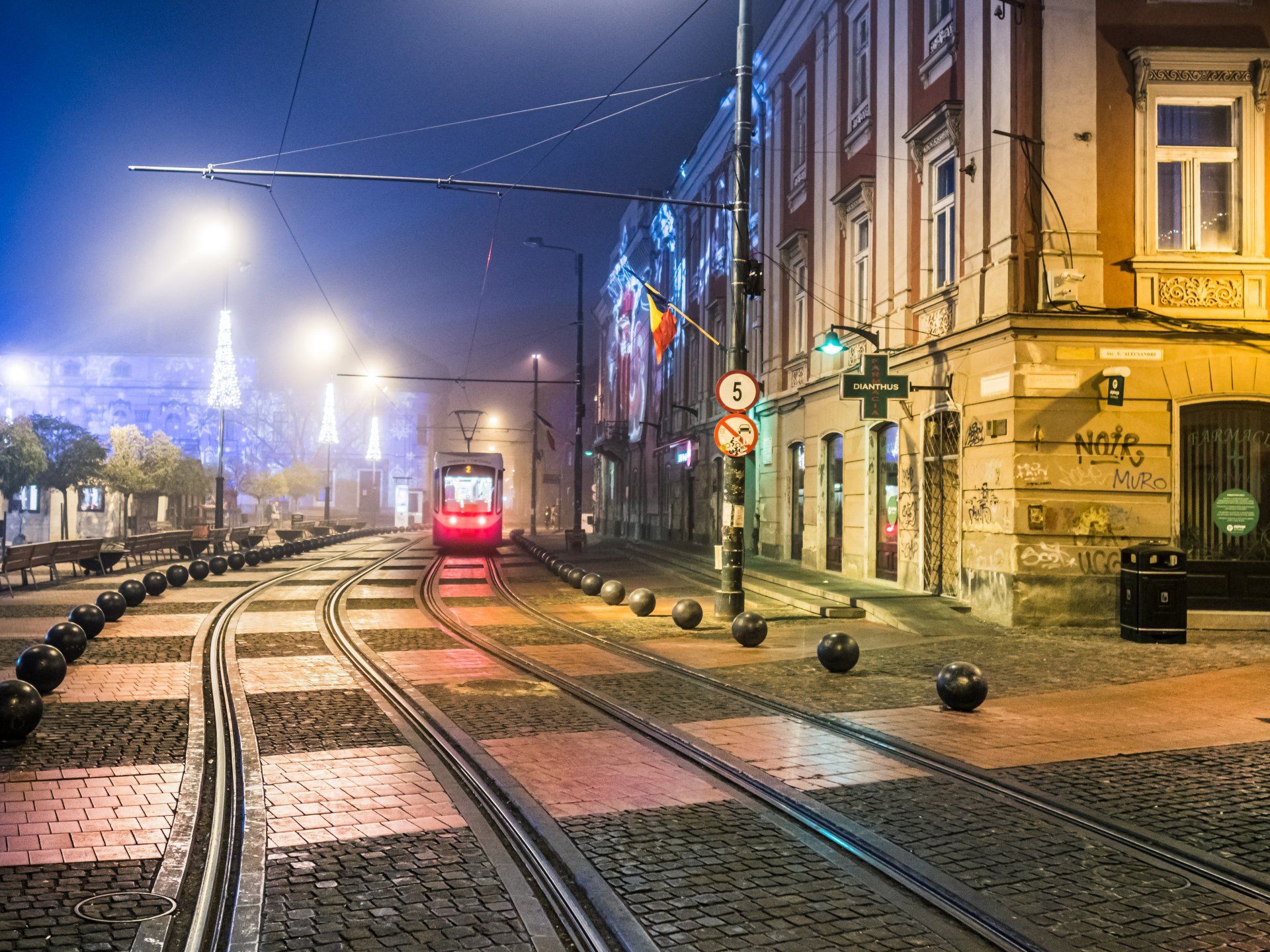
Economy
Romania has a developing mixed economy, with a diverse industrial base and a growing services sector. Key industries include automotive manufacturing, information technology, agriculture, and energy. The country has experienced significant economic growth since joining the European Union in 2007, although challenges such as corruption and infrastructure deficits persist.
Living Expenses
Living expenses in Romania can vary depending on the location. Here is a general breakdown of monthly costs for a single person:
- Housing: The cost of housing in Romania varies depending on location, with major cities like Bucharest having higher rents compared to smaller towns. On average, monthly rent for a one-bedroom apartment in the city center ranges from €250 to €400, while outside the city center it can be around €150 to €250.
- Food: Food prices in Romania are generally affordable. A basic grocery shopping for one person might cost around €100 to €150 per month, including essential items like fruits, vegetables, meat, and dairy products.
- Utilities: Utilities such as electricity, heating, water, and garbage services typically amount to around €80 to €120 per month for a small apartment. Costs may vary depending on consumption and efficiency measures.
- Transportation: Public transportation in Romania, including buses, trams, and metros, is relatively inexpensive. Monthly passes for unlimited travel in major cities cost approximately €20 to €30. Fuel prices for private vehicles are also reasonable compared to Western European countries, with gasoline priced around €1.4 per liter.
Currency
The official currency of Romania is the Romanian leu (RON). As of my last update, there hasn't been any change in currency.
Travel & Tourism
Romania's travel and tourism scene is a captivating mix of historical charm, natural beauty, and cultural richness. Visitors are drawn to its picturesque landscapes, from the majestic Carpathian Mountains to the tranquil Danube Delta. The country boasts a wealth of medieval castles and fortified churches, including the iconic Bran Castle, often associated with the legend of Dracula.
The vibrant capital, Bucharest, offers a blend of architectural styles, from elegant Belle Époque buildings to imposing communist-era structures. Beyond the urban buzz, rural Romania beckons with quaint villages, where traditional customs and folklore thrive.
Adventure seekers find ample opportunities for hiking, skiing, and wildlife spotting, while food enthusiasts can indulge in hearty Romanian cuisine, influenced by Balkan, Hungarian, and Turkish flavors. Whether exploring ancient ruins, embarking on a scenic road trip, or immersing oneself in local festivals, Romania promises an unforgettable journey rich in history and hospitality.
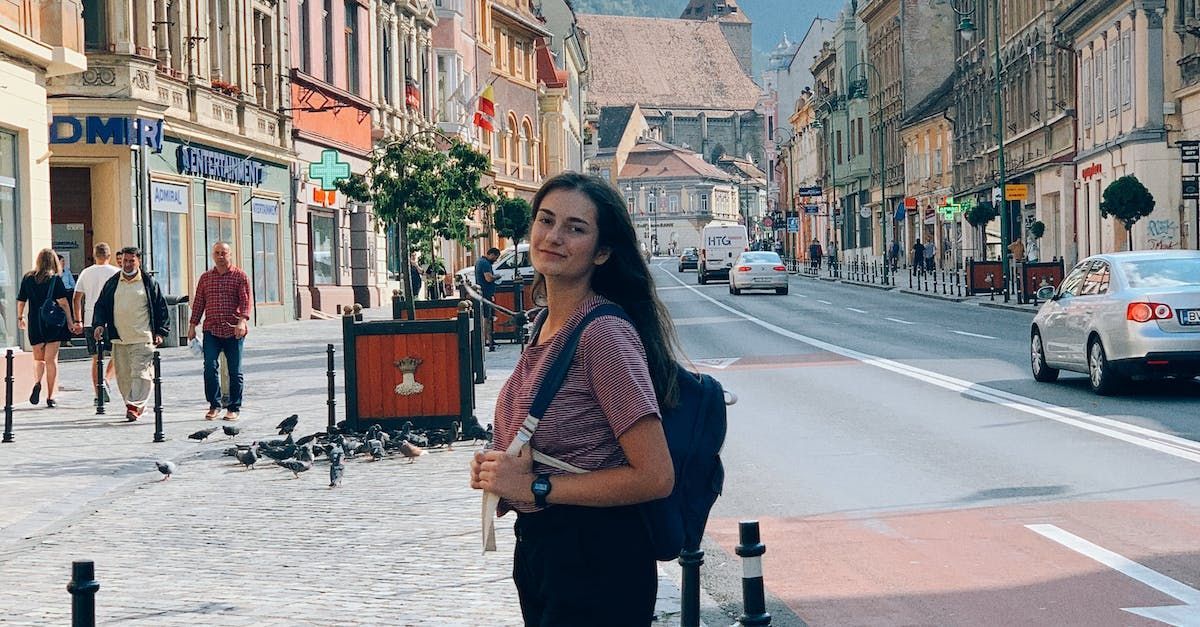
Life In Croatia
Croatia, nestled in Southeast Europe, boasts stunning coastal landscapes and historic cities like Dubrovnik. Its economy relies heavily on tourism, agriculture, and manufacturing, with tourism being a significant contributor. The country faces challenges in maintaining sustainable economic growth and reducing unemployment rates, particularly in rural areas. Despite this, Croatia offers a rich cultural heritage, attracting visitors and investors alike. Geopolitically, it sits at the crossroads of Central and Southeast Europe, providing strategic importance. Efforts to diversify the economy beyond tourism and improve infrastructure are ongoing, aiming to bolster job creation and economic stability.
History & Culture
Croatia's history is deeply intertwined with its position at the crossroads of Central Europe, the Mediterranean, and the Balkans. It was part of the Roman Empire, later forming the medieval Kingdom of Croatia. Over the centuries, it experienced influence from various powers, including the Byzantine Empire, Venetian Republic, and Habsburg Monarchy. In the 20th century, it was part of Yugoslavia before gaining independence in 1991.
Croatian culture is rich and diverse, influenced by its complex history. Traditional music, dance (such as the tamburica), and folklore are cherished cultural expressions. Croatian cuisine is renowned for its seafood, hearty stews, and fine wines. The country boasts stunning coastal towns, historic cities like Dubrovnik, and natural wonders like Plitvice Lakes National Park.
The official language is Croatian, a South Slavic language with its own unique alphabet. The majority of Croats are Roman Catholic, and Catholicism has long played a central role in Croatian identity and culture.
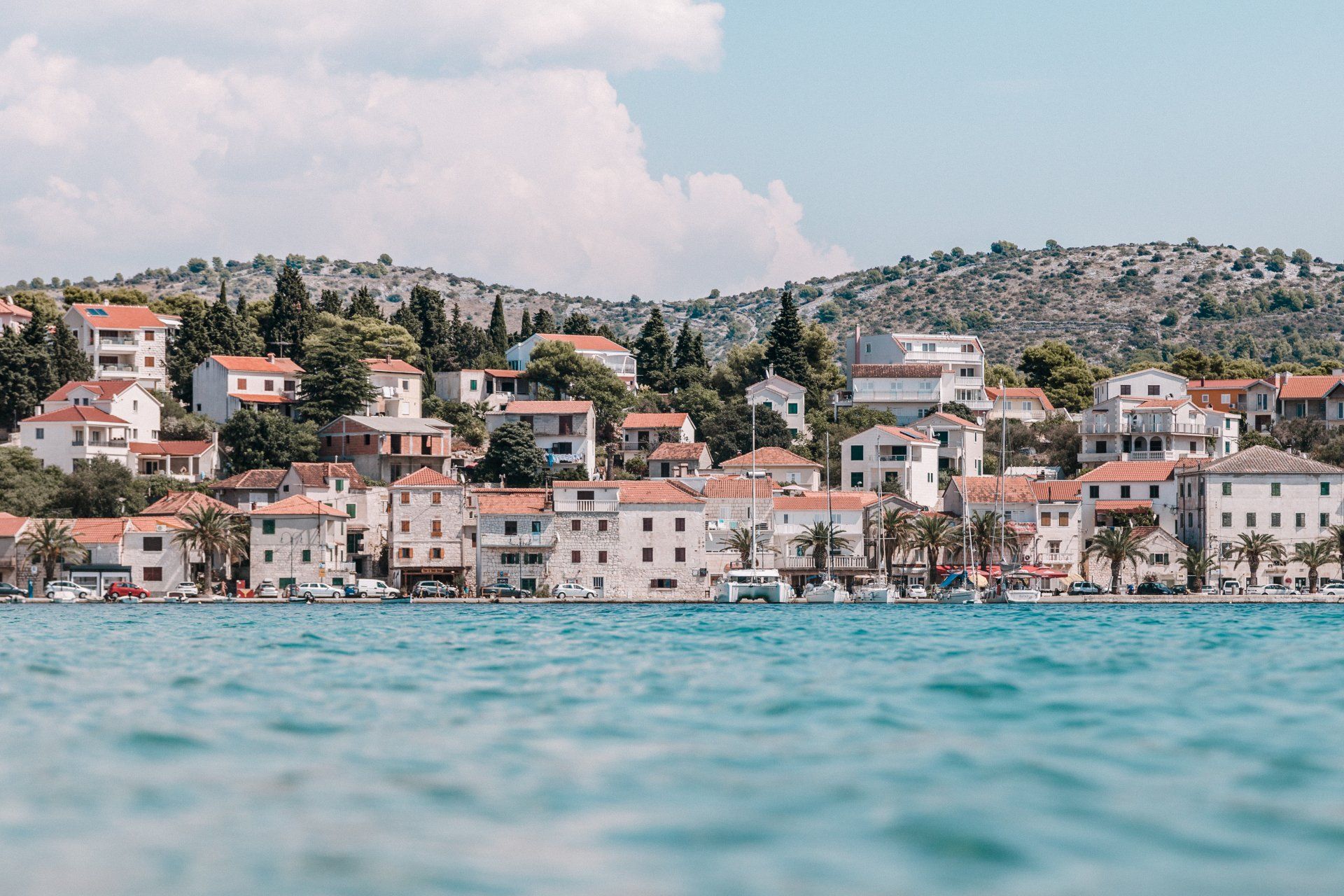
Economy
Croatia's economy is diverse, with a strong emphasis on services, particularly tourism, which is a major contributor to its GDP. Other important sectors include manufacturing, shipbuilding, and agriculture. Croatia's membership in the European Union facilitates trade and economic integration, contributing to overall economic stability and growth.
Living Expenses
Living expenses in Croatia can vary depending on the location. Here is a general breakdown of monthly costs for a single person:
Housing:
- Rent for a one-bedroom apartment in the city center: €400 - €700
- Rent for a one-bedroom apartment outside the city center: €300 - €500
Food:
- Monthly groceries: €200 - €300
- Dining out (average meal at a mid-range restaurant): €10 - €15 per meal
Utilities:
- Basic utilities (electricity, heating, cooling, water, garbage): €100 - €150
- Internet: €20 - €30
Transportation:
- Public transportation pass: €30 - €50
- Gasoline (per liter): €1.30 - €1.50
Currency
Since January 1, 2023, Croatia uses the euro (€) as its official currency, transitioning from the Croatian kuna (HRK). This change simplifies financial transactions, particularly for tourists, and aligns the country more closely with the Eurozone economic framework.
Travel & Tourism
Croatia, nestled in the heart of Europe, boasts a stunning Adriatic coastline, dotted with over a thousand islands, pristine beaches, and historic cities. Dubrovnik, with its well-preserved medieval walls, is a UNESCO World Heritage site and a must-visit destination. The coastal city of Split offers a unique blend of ancient Roman architecture and vibrant Mediterranean culture, anchored by the magnificent Diocletian's Palace. Further north, the Plitvice Lakes National Park mesmerizes visitors with its cascading waterfalls and emerald lakes. Croatia's islands, including Hvar and Korčula, beckon with their sun-kissed beaches and charming old towns. Outdoor enthusiasts can indulge in sailing, kayaking, and hiking amidst breathtaking landscapes. With its rich history, diverse natural beauty, and warm hospitality, Croatia entices travelers seeking unforgettable experiences along the Adriatic coast.
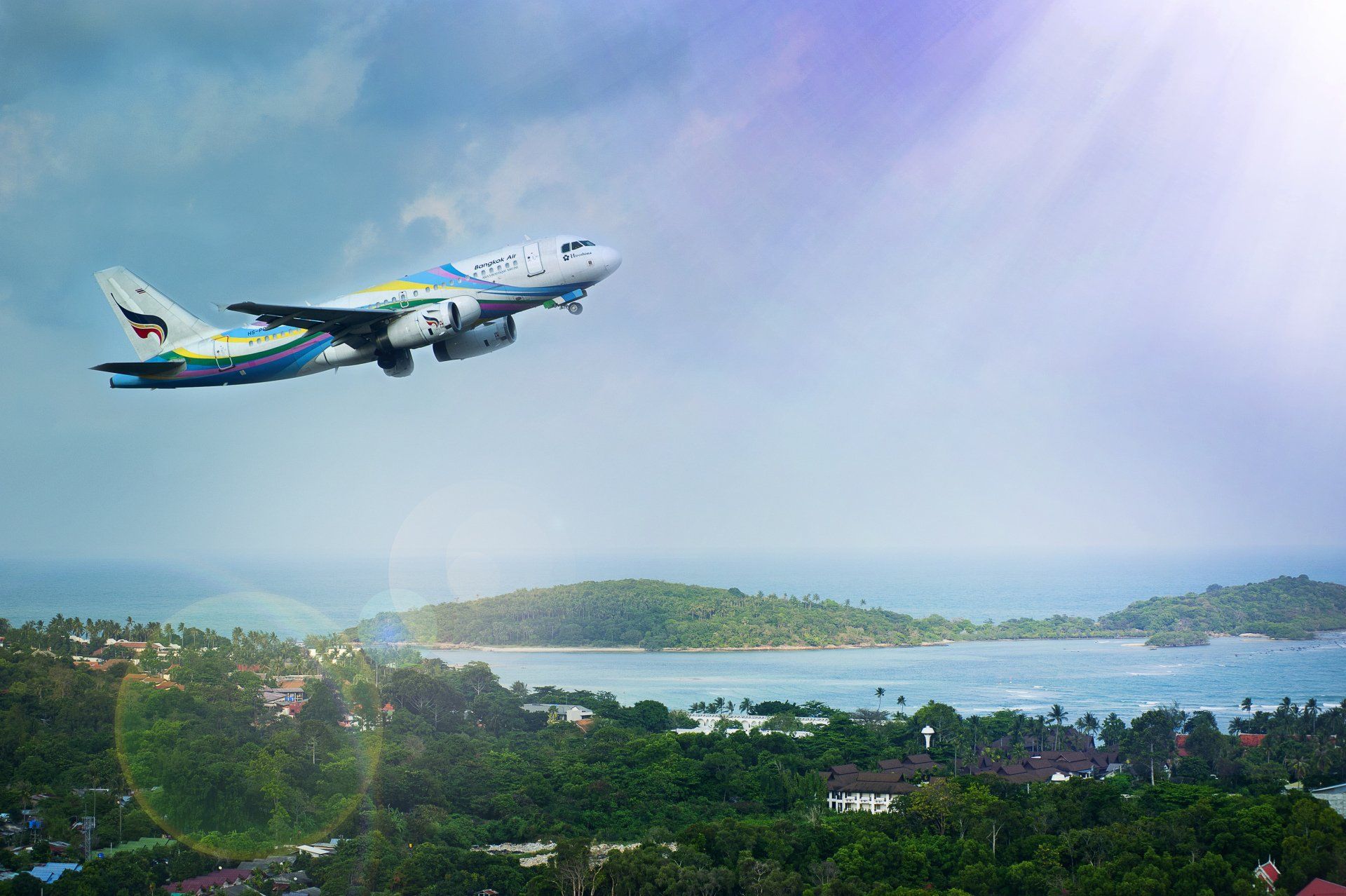
a b c d e f g h i j k l m n o - Do not remove from template!!! it is important to support different fonts
ML Glory Serbia
Maskima Gorkog 10A, 21000 Novi Sad, Serbia
Office : +381 21 300 9841
Mobile : +381 61 288 2784
ML Glory Sri Lanka
No:152, Meegahawatta, Delgoda, Sri Lanka
Office : +94 112 978 444
Mobile : +94 770 730 550
Glorious Together HR Consultancy Services LLC
02/2202, Best Vision Business Center,
The Metropolis Tower,
Business Bay, Dubai
Find Us Here
SERBIA | SRI LANKA | UAE | ROMANIA | USA | CROATIA | GREECE
All Rights Reserved | ML Glory Employment Agency

